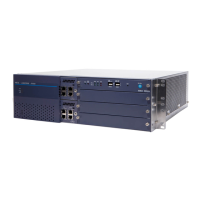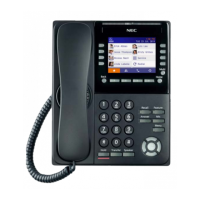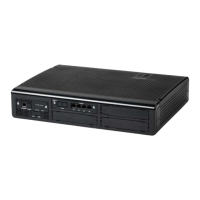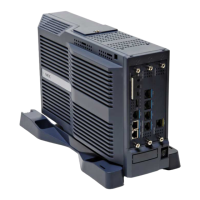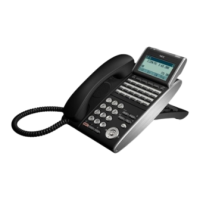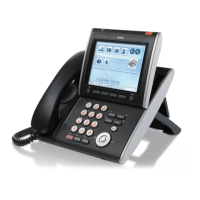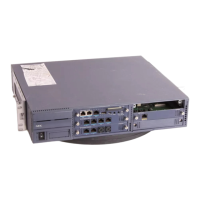6 - 4 3rd-Party Services
___________________________________________________________________________________
___________________________________________________________________________________
Issue 1.0 SV8100
The Port Number must agree with the Port Number field specified in
the Shared Services Configuration Utility. The default port number is
8888.
SECTION 2 SHARED DIRECTORY
The Directory view and directory functions all operate on a common Directory
database that is stored on the shared services PC. The user can edit the Directory
only if they have been given that privilege through the Shared Services Configuration
utility.
SECTION 3 SHARED CONTACT LIST
The Contact List view and contact list functions all operate on a common Contacts
database that is stored on the shared services PC. The user can edit the Contact List
only if they have been given that privilege through the Shared Services Configuration
utility.
SECTION 4 CENTRALISED BLF MONITORING
For Attendant level users, the BLF entries include all of the phone devices that are
monitored by the NEC 3rd-Party TSP. This increases the number of stations that can
be monitored by not limiting the number to the one-touch keys on the attendant
phone. Further, the BLF will be able to indicate more states, including ringing,
forward, and DND. For non-Attendant level users, these states are also depicted on
the BLF shown as part of the Directory view.
SECTION 5 COMMON TRUNK LABELING
For Attendant Level users, the trunk labels shown on the Trunks tab are common
among all attendant users.
SECTION 6 QUICK MESSAGING
For Attendant level users, the Quick Message functions are enabled. The Quick
Message settings are further described in the following sections.
Attendant level users who have enabled the Shared Services have the ability to send
Quick Messages to other users. Quick Messages can be sent from the attendant to
any other user running the desktop application or the Quick Message client.

